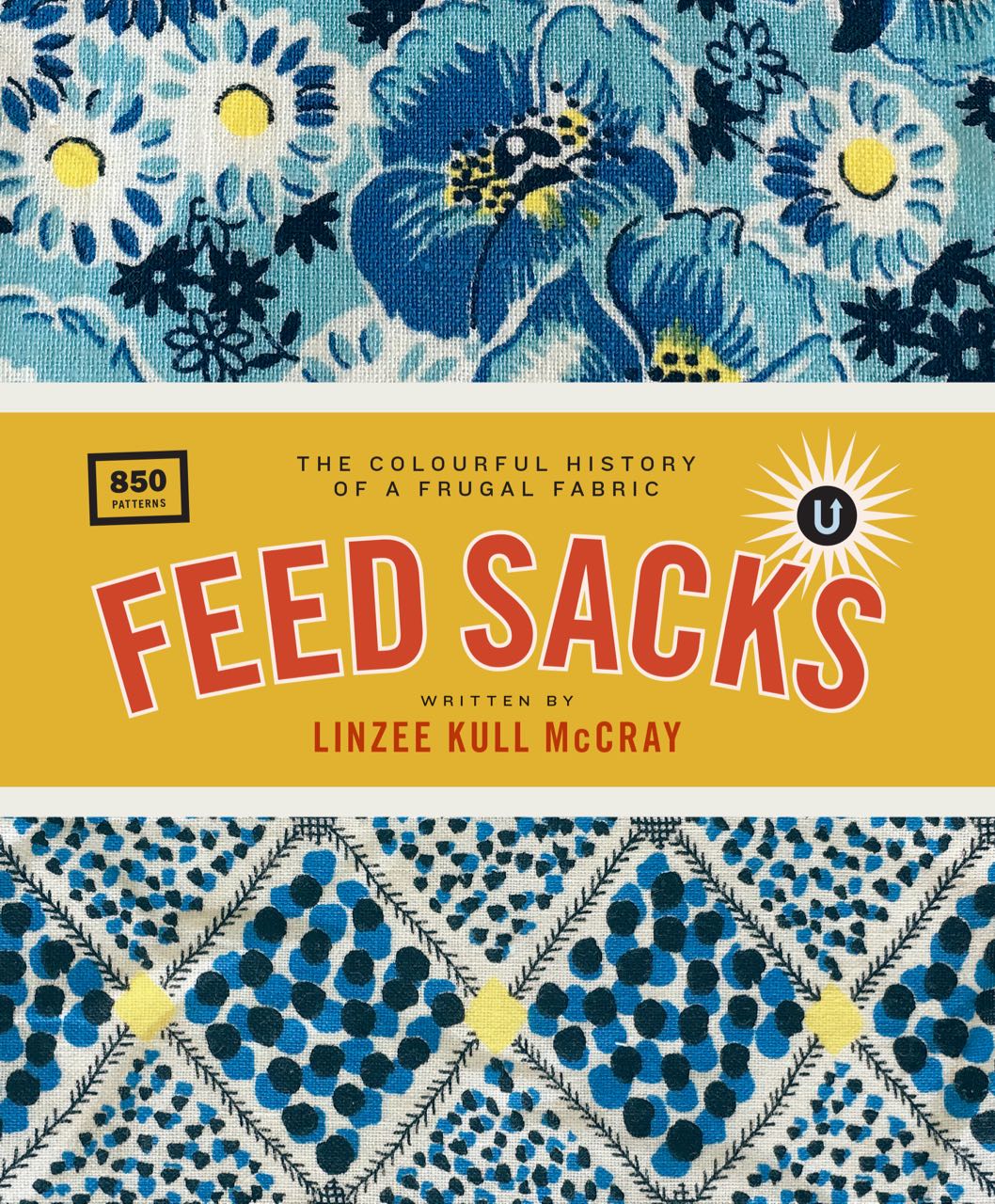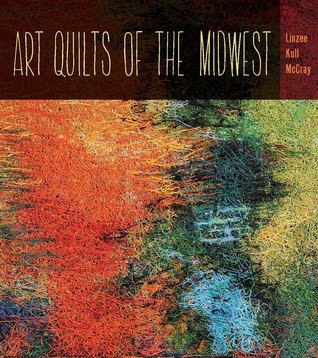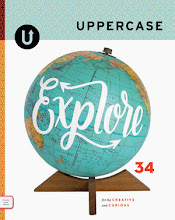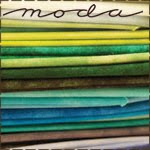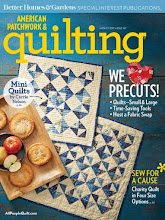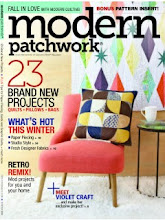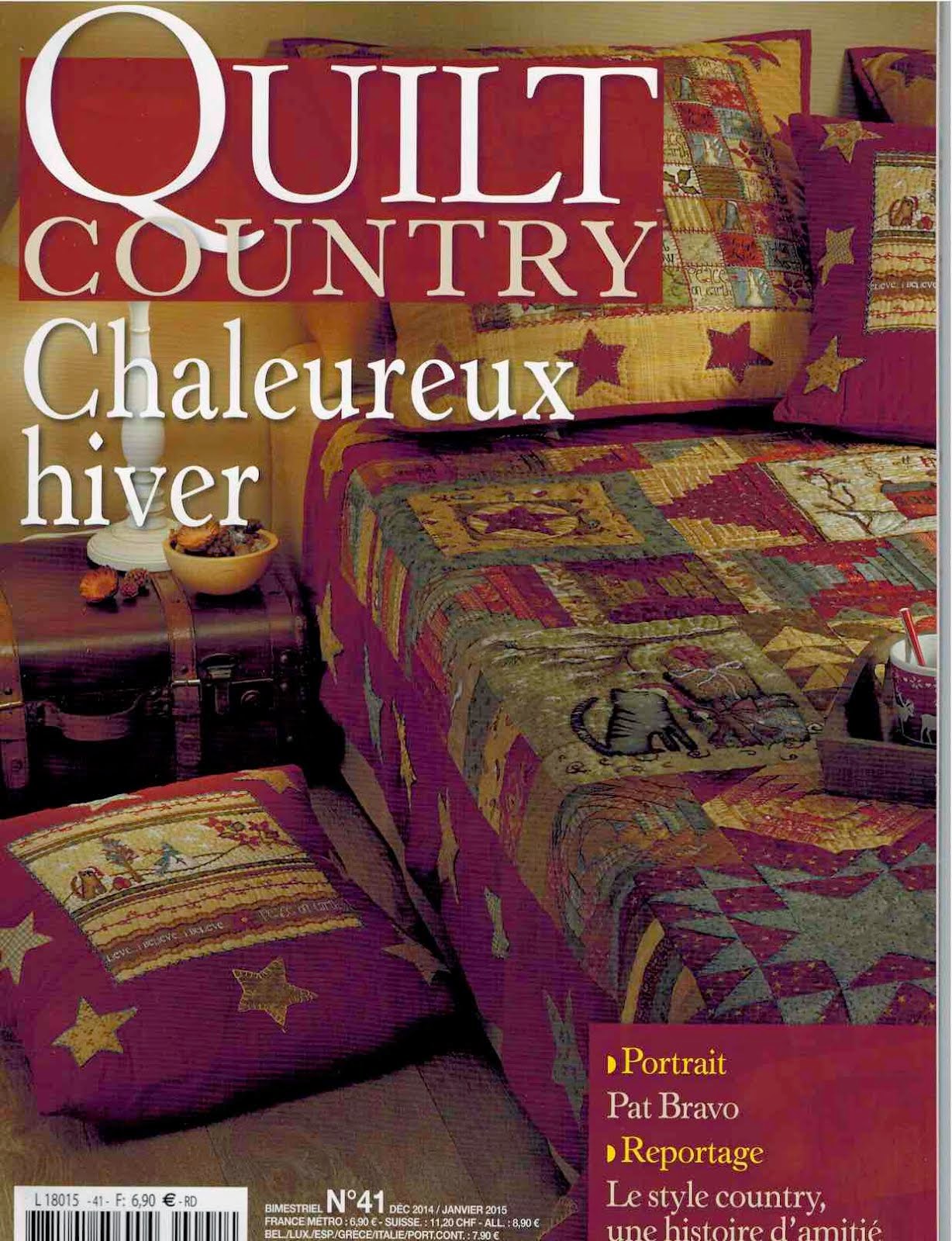During the summer of 2008, when the Iowa River reached far beyond its banks and wreaked havoc across the state, the University of Iowa was in the process of building a boat house for its women's crew team. They stopped what they were doing, watched the partially-built structure submerge, and once the river subsided made flood-proofing alterations, knowing that the river would inevitably rise again. The result is a LEED-certified structure that sits at a bend in the river, affording views both up- and downstream.
One of my favorite features in the boathouse is a mosaic of a rower, gliding across the river's turbulence. It was designed and constructed by Des Moines artists Rebecca Eckstrand and Tom Rosbourough and is constructed of 3/4-inch glass mosaic tiles—46,000 of them—laid by hand and designed to withstand flood waters. Take three minutes to check out this video that shows the mural, the process used to create it, and the boathouse.
In June, my husband and I stopped to see the mosaic at an open house and were surprised when the tour guide ask us if we'd like to try rowing. I've long admired the sport, but have a few injuries and wasn't sure I could row. Here was an opportunity to find out.
Suffice it to say that not long after I signed up for a two-day learn-to-row workshop and survived. And after that, I joined the Hawkeye Community Rowing Club and have been on the water two and sometimes three days a week. Each time I'm both thrilled and terrified. I'm also surprised how much focus it takes. I never noticed Paul on the river bank, taking this photo (that's me in the front, my first time in a two-person scull). Suffice it to say that I am in love—with learning to row; with being on the river at 7 a.m., when only a few hardy walkers stride the banks and our boat scares up an occasional egret; and with the knowledge that my body can still take on, and meet, a challenge.
In June, my husband and I stopped to see the mosaic at an open house and were surprised when the tour guide ask us if we'd like to try rowing. I've long admired the sport, but have a few injuries and wasn't sure I could row. Here was an opportunity to find out.
Suffice it to say that not long after I signed up for a two-day learn-to-row workshop and survived. And after that, I joined the Hawkeye Community Rowing Club and have been on the water two and sometimes three days a week. Each time I'm both thrilled and terrified. I'm also surprised how much focus it takes. I never noticed Paul on the river bank, taking this photo (that's me in the front, my first time in a two-person scull). Suffice it to say that I am in love—with learning to row; with being on the river at 7 a.m., when only a few hardy walkers stride the banks and our boat scares up an occasional egret; and with the knowledge that my body can still take on, and meet, a challenge.
















